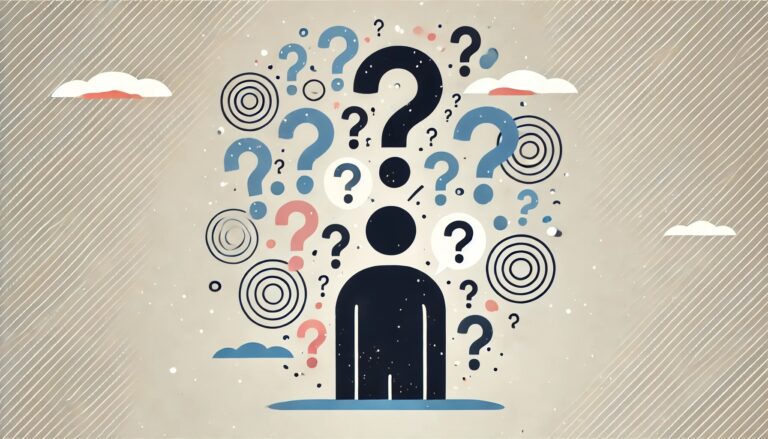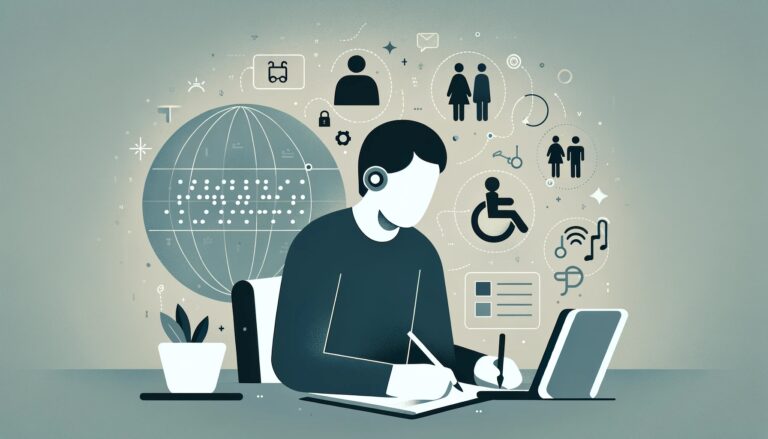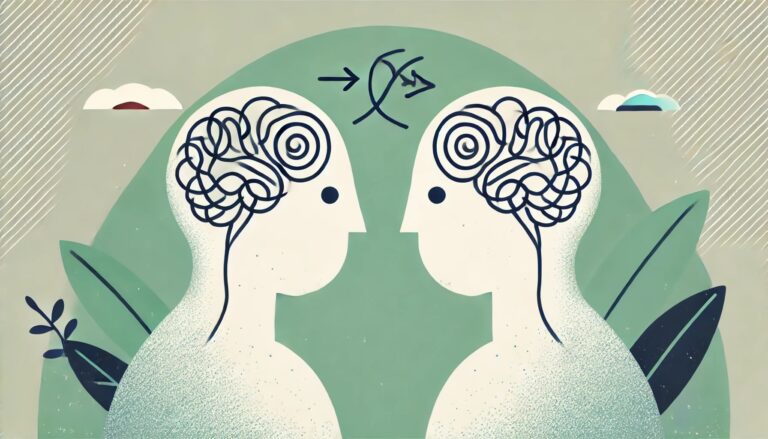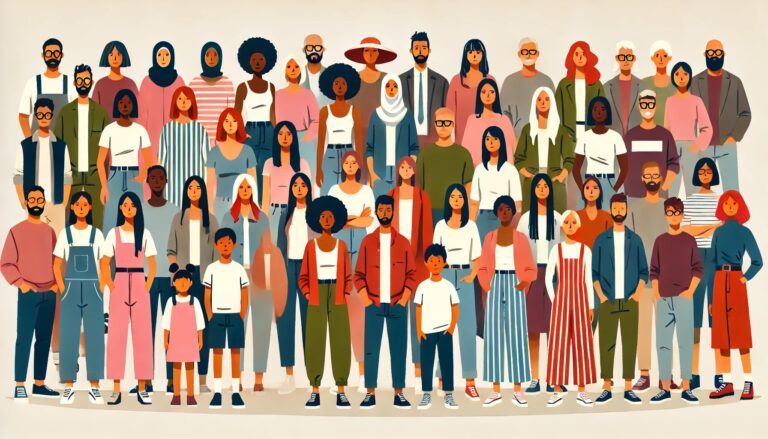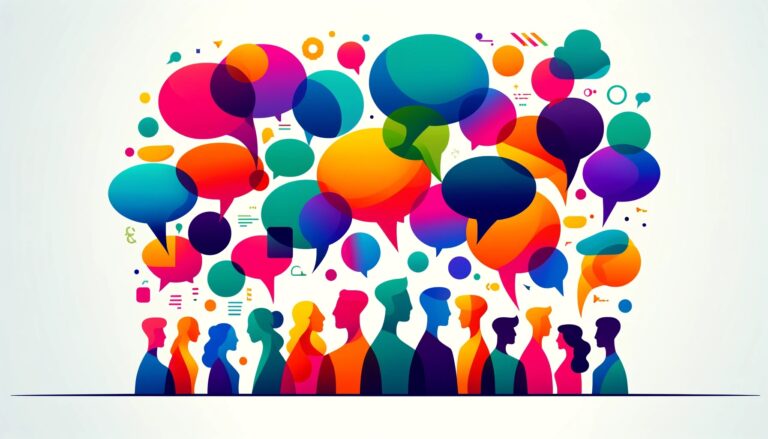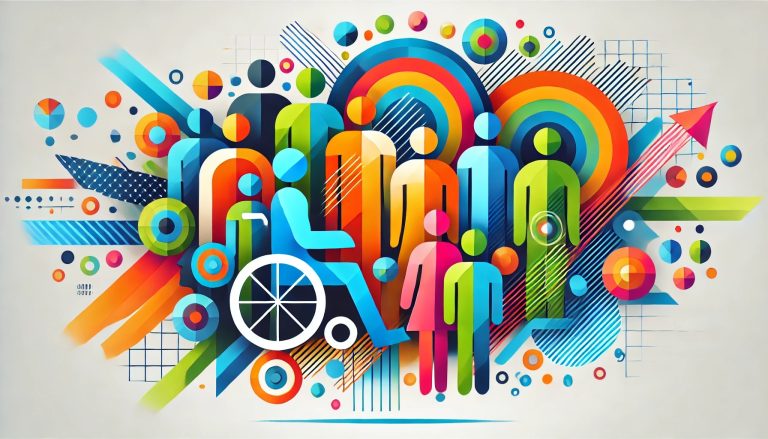
What Is Inclusive Language? A Definition And A Paradigm Shift
Inclusive language doesn’t mean being polite and not using bad words. It’s a deliberate strategy aimed at acknowledging diversity, respecting all individuals, and avoiding bias. Whether gender, race, age, disability, or sexual orientation, inclusive language strives to leave no one behind, making everyone feel valued and respected.
If we look for a definition of inclusive language and what it is, the answer is pretty straightforward:
“language that avoids using certain expressions or words that might be considered to exclude particular groups of people.”
Inclusive language challenges us to reconsider our choice of words and encourages us to be conscious of their historical and social implications. By avoiding terms perpetuating stereotypes or discrimination, we can contribute to a more inclusive society where everyone is treated with dignity and respect. Practicing inclusive language in everyday interactions can cultivate understanding, empathy, and harmony among all individuals regardless of their background or identity.
The Role of Language in Reflecting and Shaping Identity
Traditional and widely used language often fails to represent the diversity of human experience. It can unintentionally perpetuate stereotypes, exclude certain groups of people, and contribute to marginalizing those who don’t see themselves reflected in everyday communication.
This exclusion can occur across various dimensions, including but not limited to gender, race, ethnicity, age, disability, and sexual orientation. Feeling unseen or unacknowledged by the language used in media, literature, business, and everyday conversations can reinforce feelings of isolation and inequality.
Research in sociolinguistics has highlighted language’s profound impact on social inclusion and exclusion. Deborah Cameron’s work, for example, explores how language practices can reinforce social hierarchies and gender inequalities. Similarly, the study of linguistic discrimination, or linguicism, shows how judgments based on language use (such as accents, dialects, or language choice) can lead to social and economic exclusion.
One fundamental piece of research in this area is the work of William Labov, particularly his studies on the social stratification of language in New York City, which demonstrate how linguistic features can signal social status and group identity, leading to prejudicial attitudes and behaviors towards speakers of non-standard dialects.
Language not only reflects existing social structures and power relations but can also be used to challenge and change them.
Norman Fairclough’s work on critical discourse analysis provides insights into how language contributes to the perpetuation of power imbalances and how it can be harnessed to promote social change. By critically examining the language used in media, politics, and other domains, researchers and activists can identify and challenge how discourse serves to marginalize or exclude certain groups.
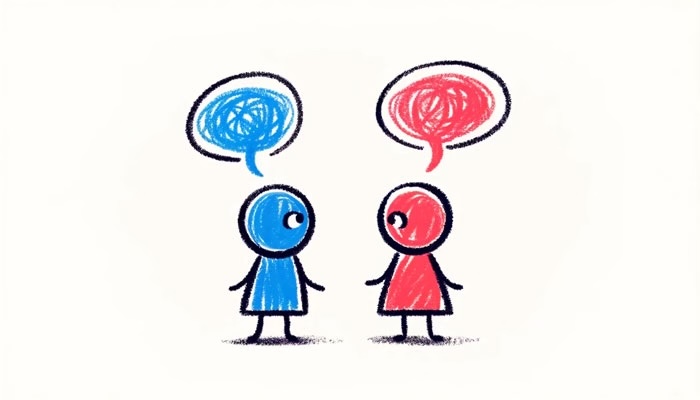
The Sapir-Whorf Hypothesis To Understand Inclusive Language
In the 1940s, Edward Sapir and Benjamin Whorf, two influential linguists, independently discovered that how a language is structured can significantly affect how speakers understand and interact with the world around them. Sapir highlighted in his book, Language: An Introduction to the Study of Speech, that physical or social experiences do not solely determine our reality. Instead, it’s deeply influenced by our language, acting as a lens through which society is interpreted and understood.
Sapir suggested that our linguistic habits primarily shape our perceptions of the world – the language we speak and the community we’re part of play crucial roles in shaping our interpretation of reality.
The debate around the Sapir-Whorf hypothesis remains debated in the linguistic community. However, a consensus exists on a fundamental level: the structure of a language and how it expresses concepts can shape its speakers’ worldview. Current research aims to pinpoint how significant this influence is.
Linguists acknowledge the existence or absence of certain words in a language is meaningful. If a language has a specific term for a concept, it serves a purpose within that culture. Similarly, the lack of a term also has significance. This understanding underscores the power of language in shaping our perception of reality and the importance of language inclusivity to offer different perspectives on the world.
Rethinking what inclusive language is
Rethinking what inclusive language is fundamental. Too often, when defining inclusive language, the focus is on what inclusive language seeks to prevent. Additionally, the narrative surrounding inclusive language often revolves around reducing risks, such as the apprehension of making a mistake, the potential for controversy, the threat to one’s reputation, and similar concerns.
Too many individuals and organizations are addressing the use of non-inclusive language creating lists and guidelines, outlining phrases to avoid and suggesting preferred alternatives. Thew focus is usually on “Which words should I steer clear of now?” rather than, “How can I create more inclusive content?”.
Don’t get me wrong: guidelines and lists are wonderful and help but the overall goal should be towards a broader understanding of inclusive language in content creation and communication.
So, what is inclusive language?
For us at InclusivitEasy inclusive language is a conscious communication style. Inclusive language is not a list of words or a vocabulary; it’s embodied in how we express ourselves in writing.
Inclusive language is a valuable contribution to the world, enriching our vocabulary to reflect the beauty and complexity of genuine human expression more accurately and fostering a sense of belonging for everyone. This approach to communication is transformative, enhancing diversity, equity, and inclusion.
Inclusive language is a dynamic and collaborative approach to communication that seeks to bridge gaps. It’s not merely about adopting new words but changing how we think, write, and interact. Inclusive language is characterized by its compassion, strength, and authenticity; its relevance has never been greater. It fosters a dynamic dialogue, it’s centered on a deep understanding of the origins of specific words and phrases, it demands both empathy and courage to address our unconscious biases.
Approaching inclusive language with a nuanced lens shows its profound capacity to:
- Embracing Complexity and Authenticity: Inclusive language allows us to more accurately describe the rich complexity of human experiences, promoting a deeper understanding and appreciation of diversity.
- Fostering Belonging and Equity: By consciously choosing words that include and respect everyone, we build environments where all individuals feel seen, valued, and included.
- Driving Transformation: An inclusive language is a powerful tool for change, challenging us to confront our biases and rethink our assumptions. It encourages a more empathetic and courageous approach to communication, which is essential in today’s diverse society.
What Is Inclusive Language, then?
Inclusive language is not about being politically correct but fostering a culture of empathy, understanding, and acceptance instead. When we consciously try to use non-discriminatory language, we send a message that everyone’s voice matters and has the right to be heard.
By embracing diversity and acknowledging the impact of our words, we can build stronger connections with others and create a more inclusive society where people feel safe to express themselves authentically. Ultimately, inclusive language builds bridges between individuals of different backgrounds, experiences, and identities, promoting respectful and affirming communication for all parties involved.

